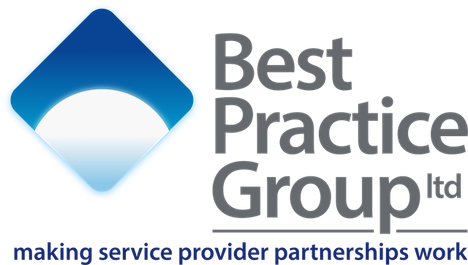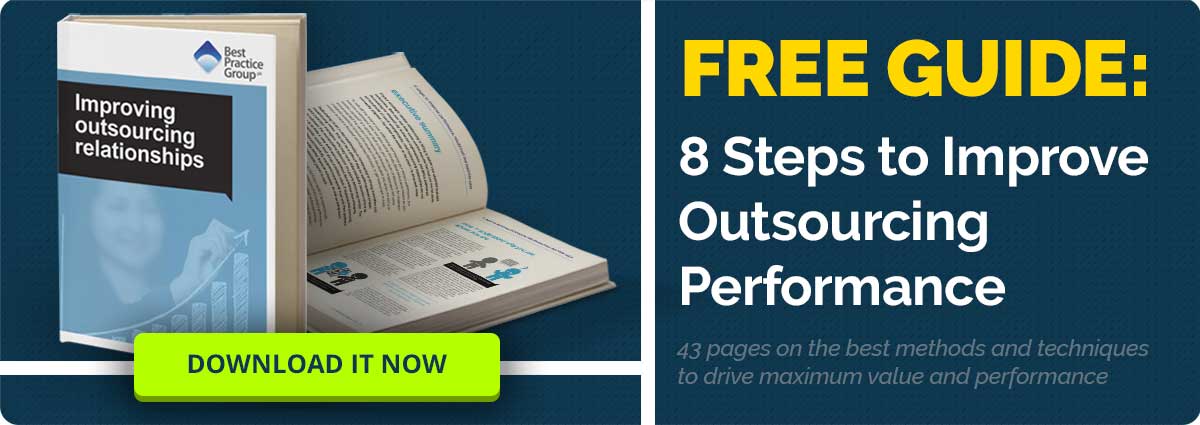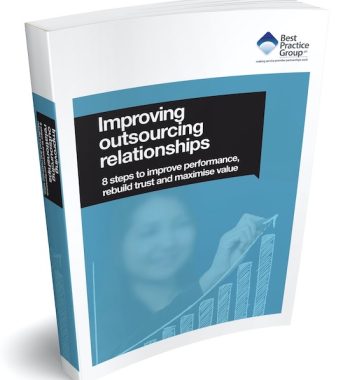
Projects rarely run strictly according to plan. The longer your strategic relationships must last, and the higher the number of individuals, teams and departments involved, the greater the opportunity for things to veer off course. It’s at this stage that you may be looking to orchestrate performance improvements.
Are Performance Improvements Needed to Get Back on Track ?
Even the best run projects will encounter periods where confidence, innovation and performance in general start to wane, and it is then that the right approach needs to be taken to ease your project back on track. But do you use the carrot or the stick to achieve this? How can you inspire action from your vendor partners, and is it possible for your efforts to actually make matters worse?
Performance can be subjective, with different parties having wildly varied opinions on the levels thereof, or it can be precise, if adequate time and effort went into developing, monitoring and optimising KPIs for the project. And the reasons behind performance issues can be clear, as in the case of a disruptive or unqualified individual in a position of responsibility. At the same time, the reasons may be hidden from view, such as when an external force is impacting on your vendor’s capacity to perform at levels they would wish to. Therefore, step one in inspiring action towards improving performance on your project would be to uncover the true reason behind the loss of momentum.
Why has Productivity Waned?
There are a plethora of reasons why productivity can ebb and flow or even fall off a metaphorical precipice, not all of them obvious and certainly not all of them your vendor’s fault. It is essential when a productivity slowdown is recognised that you consider undertaking a thorough analysis as to why this might have happened.
Here are just a few of the reasons why productivity could fall, along with the primary culprit. This is, of course, not an exhaustive list and is provided to clarify that fault can lie with both client and vendor, so both need to work together to find a solution.
- Unclear instructions – client
- Poorly communicated guidance – vendor
- Insufficient resources – vendor
- Overly restrictive governance – client
- Talent going unrecognised and under-appreciated – vendor
- Financial problems or takeover – vendor
- Trigger-happy with contractual penalties – client
- Lack of behaviour management – client
Have you noticed strong personalities in your team or theirs and the way they influence those around them? Are these individuals impacting on the productivity of the project? Have all your communications with your vendor been checked and rechecked for clarity or is there room for misunderstandings to have crept in which could cause a slowdown? Does the working environment and relationship you have built encourage innovation and value-adding behaviours or a ‘work to rule’ mentality? Have you allowed your team too much control over the project, instructing the vendor side on how they should go about achieving your business objectives? Were your business objectives clearly communicated and quantified? Are there internal issues within the vendor’s business that could be affecting their productivity – management takeover, pay freeze, buyout or a workforce dispute?
This is just the tip of a very large iceberg, and it’s important to see the full picture here or it will be much more difficult to find a solution. For more information you might wish to read one of our more recent articles on this subject: 8 Questions to Determine the Root Cause of Poor Project Performance. Hopefully you will have a talented and fully resourced Intelligent Client Function (ICF) team working on your behalf and tapped into the vendor side, already aware of the source of the issue or issues that are holding your project back. Their close working relationship with their counterparts should provide vital evidence and information as to where the problem lies.
6 Tips on How to Initiate Project Performance Productivity Improvements
The road to turning productivity around on your project can be a bumpy one. You need to have some uncomfortable conversations with a partner who may well get defensive if approached in the wrong way and, of course, it is always possible that in doing so you could widen the divide between you both. This is why a planned and measured approach is almost always best. In our years of working with public and private sector outsourced relationships we have been involved in many such discussions, and as a result we will usually recommend the following tips for turning things around.
Tip 1: Reassess your business outcomes
Once you have recognised the issue, or issues, it is time to work together with your vendor to find the best way forward. Everything you do should be to enhance collaboration now and into the future, to help you to work better together, to raise issues more quickly and to share pertinent information on risks while finding ways to minimise them. Therefore, when you reassess your business outcomes in the light of the issues you face, and the reality of your current position against expected schedule, it’s important that you do so together with your vendor. If you are some way into your working relationship you will already have a better understanding of their capabilities, strengths and weaknesses, and they yours, so use this information to build a workable plan that meets everyone’s needs.
Tip 2: Confirm clarity of expectations both now and ongoing
It is not good enough simply to know what you want, it’s just as important to clearly communicate this to your strategic partner – to make sure that they understand fully what you hope to achieve and that you appreciate how they will go about doing this. All too many projects hit a wall due to misunderstandings – make sure yours is not one of them. Such attention to detail is not limited to your initial consultations or the creation of your contractual agreement. It should be maintained throughout your project because poor communication can not only negatively affect productivity but also the stability of our working relationship impacting on credibility, closeness of ties, trust and so on.
Tip 3: Review unambiguous documentation of your operational processes
A vital part of ensuring clarity and understanding is to accurately and fully itemise your requirements and the agreed operational processes so all parties can have a single source should they need guidance on what has been discussed and approved. This document should have built-in flexibility to adapt to the needs and the circumstances of the project, and should be regularly reviewed by all parties and amended where and when necessary.
Tip 4: Get the numbers right
Steps to a solution and the outcomes themselves need to be quantified so there are benchmarks to measure progress against. It’s likely that you will have done this already, but some neglect to work out the business outcome as precisely as possible – your vendor’s responsibility is to provide realistic KPIs and to identify opportunities for adding value or economising to minimise the impact of losses due to the productivity slowdown.
Tip 5: Constructively agree overlapping oversight
It is entirely possible that management has been a factor in the productivity issues your project has faced. When you reshape your governance it is important to ensure overlapping responsibilities to encourage a closer working relationship with more information sharing on a more regular basis. Both sides should select individuals to work together who they feel will ‘play nice’ and spearhead a more collaborative relationship. As you may have lost ground due to productivity issues it would also be helpful to create both the environment for, and the active encouragement of greater innovation as well as a simple structure for assessing the value and viability of any ideas that are offered up.
Tip 6: Update your contract
Alongside all the process and management realignment, should be a detailed review of your contractual alignment as well. A review and refresh schedule that ensures your project’s legal documents are assessed and updated at least every six months should be built into your agreement anyway, but, with major changes likely from the discussions we are advocating here, there will likely be amendments to make to your contract. Contracts should not simply reflect what needs to be done, they should also guide the right behaviours to help you deliver the outcomes that are the objective of the project.
Final Thoughts on Performance Improvements
Performance levels change throughout a relationship, but it is important to have good insight into when a project is just going through a natural rise and fall or is actually experiencing a problem. A well-resourced ICF team should be able to provide you with this, but in their absence it is important to have some in-house expertise that can recognise the difference, because the sooner you identify that there is a problem, the easier it will be to solve it while minimising all related costs.
Performance issues are a worry, but they can also be an opportunity to realign behaviours, relationships, and governance to improve the prospects for your project. Make the greatest use of this chance to not only put your project back on track, but to enhance processes and collaborative working practices to strengthen your strategic relationship.
For more information about handling a performance-related conversation with your vendor, or to find out more about our 8 Steps to Improving Outsourcing Performance, click to download our eBook.
Photo credit: iStock


